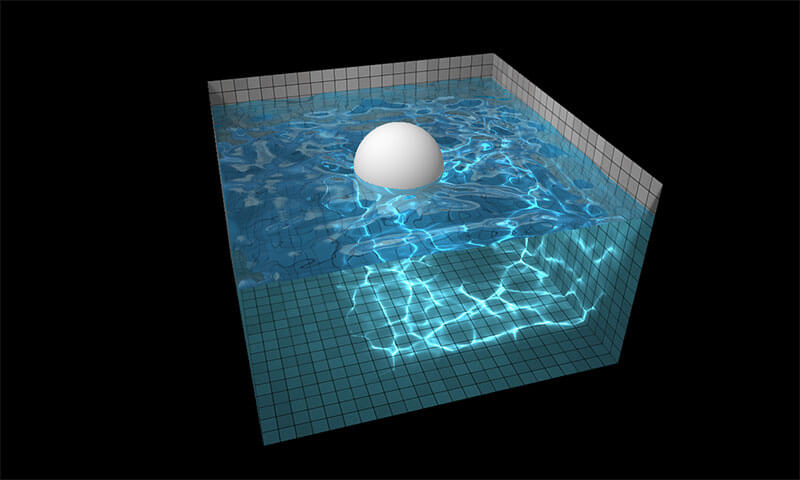CSS Ellipsis Beginning of String
I was incredibly happy when CSS text-overflow: ellipsis (married with fixed width and overflow: hidden was introduced to the CSS spec and browsers; the feature allowed us to stop trying to marry JavaScript width calculation with string width calculation and truncation. CSS ellipsis was also very friendly to accessibility.
The CSS text-overflow: ellipsis feature is great but is essentially meant to ellipsize strings only at the end; what if we want to ellipsize the beginning of a screen? The use case is fairly reasonable: think displaying a file path -- many times the directory for a set of files is the same, in which case you'd want to display the end of the string, not the beginning.
Let me show you a trick for ellipsis at the begging of the string!
The CSS
Showing an ellipsis at the front of a string is mostly the same as ellipsis at the end, only with one simple trick:
.ellipsize-left {
/* Standard CSS ellipsis */
white-space: nowrap;
overflow: hidden;
text-overflow: ellipsis;
width: 200px;
/* Beginning of string */
direction: rtl;
text-align: left;
}
To add an ellipsis at the beginning of a string, use RTL and and text-align to clip the beginning of the string!
Playing RTL off of text-align is a genius way to get the desired effect of CSS ellipsis at the beginning of an element or string. It would be great for the CSS spec to implement a more robust ellipsis system but, for now, I worship amazing CSS tricks like this!
![9 More Mind-Blowing WebGL Demos]()
With Firefox OS, asm.js, and the push for browser performance improvements, canvas and WebGL technologies are opening a world of possibilities. I featured 9 Mind-Blowing Canvas Demos and then took it up a level with 9 Mind-Blowing WebGL Demos, but I want to outdo...
![Convert XML to JSON with JavaScript]()
If you follow me on Twitter, you know that I've been working on a super top secret mobile application using Appcelerator Titanium. The experience has been great: using JavaScript to create easy to write, easy to test, native mobile apps has been fun. My...
![Facebook Sliders With Mootools and CSS]()
One of the great parts of being a developer that uses Facebook is that I can get some great ideas for progressive website enhancement. Facebook incorporates many advanced JavaScript and AJAX features: photo loads by left and right arrow, dropdown menus, modal windows, and...
![jQuery Link Nudging]()
A few weeks back I wrote an article about MooTools Link Nudging, which is essentially a classy, subtle link animation achieved by adding left padding on mouseover and removing it on mouseout. Here's how to do it using jQuery:
The jQuery JavaScript
It's important to keep...





The CSS spec seems to recommend against using the
directionproperty on web pages:https://drafts.csswg.org/css-writing-modes-3/#direction
Happy to have helped!
https://stackoverflow.com/questions/9793473/text-overflow-ellipsis-on-left-side/9793669#9793669
http://jsfiddle.net/yak613/fhr2s10c/
This seems kind of strange. Where is the extra slash coming from?
This trick seems to be broken for Safari which still truncates from the back then appends the ellipsis to the front.
Chrome/FF: 12345 => …345
Safari: 12345 => …123
For anyone having issues with symbols, like the plus sign in international phone numbers, add this:
unicode-bidi: plaintext;
If anyone dealing with multiline strings to truncate i recommend using the cuttr.js (https://github.com/d-e-v-s-k/cuttr-js) library ;)
Just in case anyone else runs into this… I had an issue where if the text contained punctuation, adding
moved the punctuation marks to the beginning of the text. I solved this by appending the unicode character to the end of the string with an :after
.ellipsize-left { /* Standard CSS ellipsis */ white-space: nowrap; overflow: hidden; text-overflow: ellipsis; width: 200px; /* Beginning of string */ direction: rtl; text-align: left; } .ellipsize-left:after { content: '\200E' }